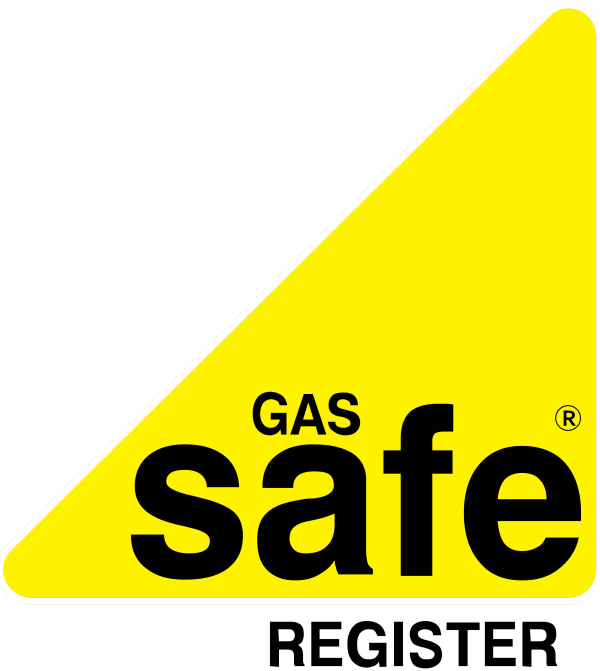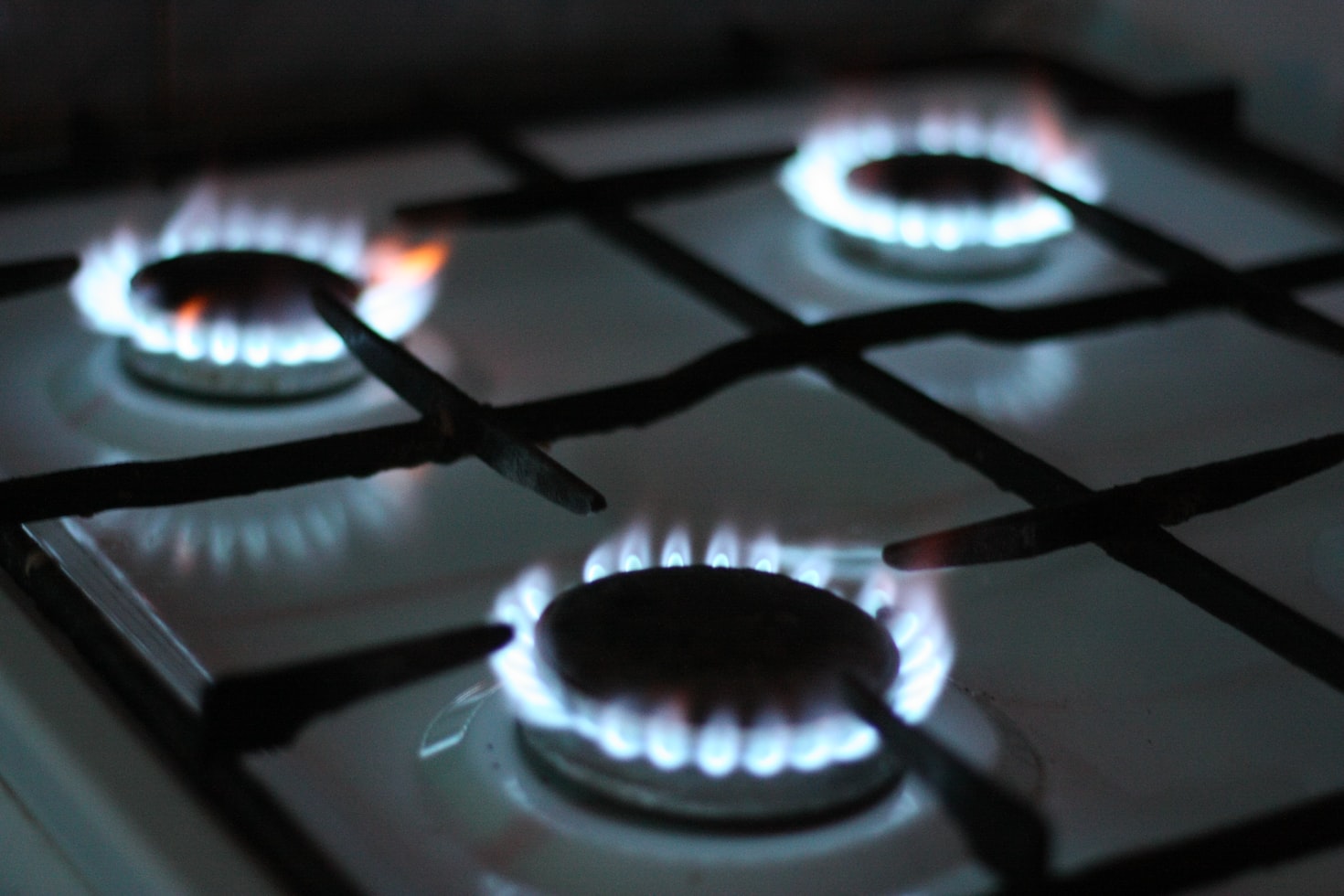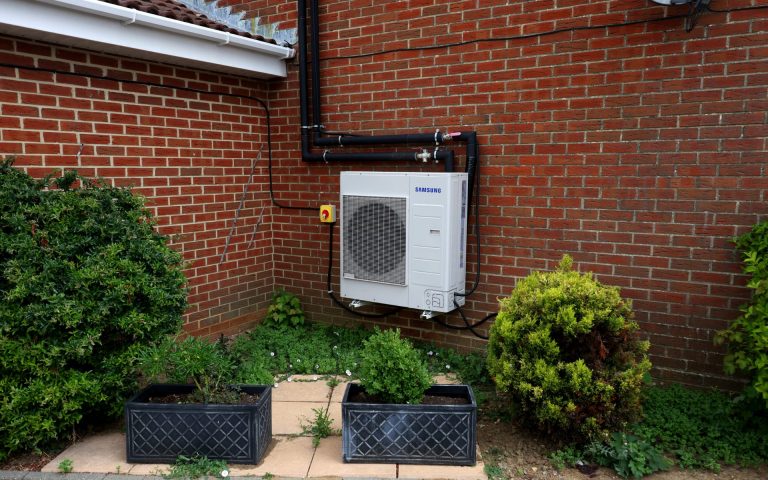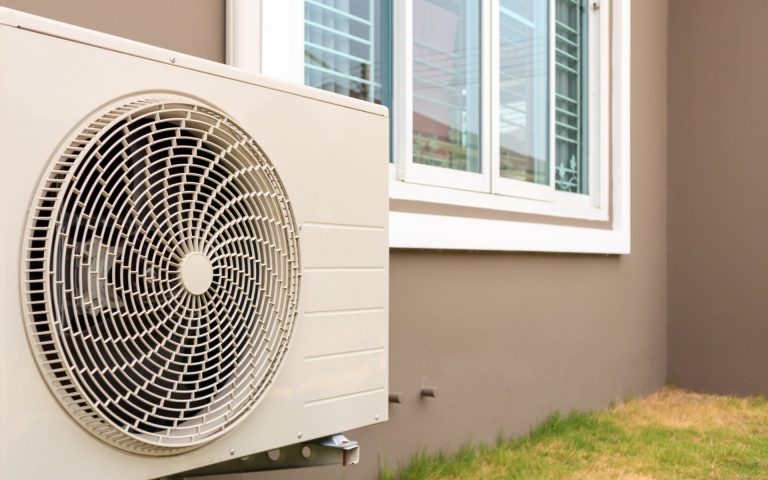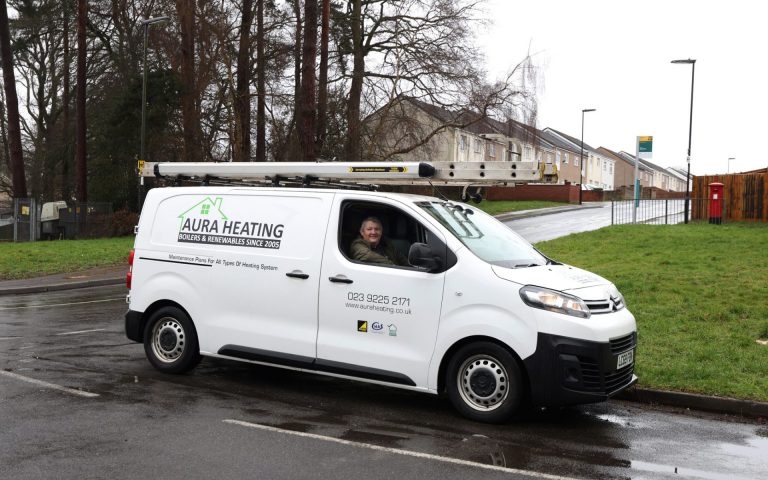Carbon monoxide and Gas Safety in the home is vitally important. We’ve written before about how to make sure your home is gas safe. This week we’re going to look at the types of Carbon Monoxide detectors that are available, and where the best place to put them is.
What is carbon monoxide?
First things first; What actually is carbon monoxide?
Carbon monoxide, or CO, is an extremely toxic gas that can prove fatal if undetected. It’s dangerous because it has no smell or taste, and cannot be seen.
Any home that has a fuel burning appliance, such as boilers, gas fires and cookers are at risk of a carbon monoxide leak. It happens when these such appliances have a fault causing incomplete combustion. Another reason why it’s so important to keep up with regular servicing and maintenance of your gas appliances, including your boiler!
Unfortunately, as many as 50 people die each year from carbon monoxide poisoning, as well as there being 4000 medical visits with CO as the culprit.
We know this sounds scary, but there are very simple and easy things you can do to protect your home from carbon monoxide poisoning.
- Install carbon monoxide detectors and alarms in your property / properties – Whether it’s your own home or you’re a landlord.
- Make sure any fuel burning appliances are regularly checked and serviced by Gas Safe registered engineers.
So now you know how important it is to have a CO alarm in your home, you’re probably rushing out to get one (or tap the details into Amazon Prime). But what should you be looking for when buying a carbon monoxide detector?
How does a carbon monoxide detector work?
A bit like a smoke or fire alarm, a carbon monoxide detector works by sounding an alarm when any CO is detected in the air. The alarm should sound before enough of it is in the air to start causing symptoms.
When the alarm goes off, depends on the levels in the air. Low carbon monoxide levels would be around 50 parts per million and at this level would not trigger the alarm for approximately 8 hours.
Higher levels of carbon monoxide levels in the air, more than 150ppm would set the alarm off in just minutes.
Different CO alarms detect carbon monoxide in different ways. The 3 different types of carbon monoxide detector are:
- Biomimetic sensor – When a gel inside the alarm absorbs a certain amount of carbon monoxide it changes colour which triggers the alarm. Some cheaper carbon monoxide sensors consist of just this colour change, but we would always recommend investing in one with an audible alarm.
- Metal oxide semiconductor – These use a circuit. When the device detects carbon monoxide, it causes an electrical change which triggers the alarm.
- Electrochemical sensor – This alarm uses a chemical solution with electrodes that detect a change in electrical currents when carbon monoxide is present. The change in current sets off the alarm.
What should I be looking for in a carbon monoxide detector?
There are a few things to consider when you are buying a carbon monoxide detector.
A Carbon Monoxide Alarm Should Have Certification
When looking to buy a carbon monoxide alarm, you should make sure that it has British Standard EN 50291. This means that the product complies with the British Standard. It should also carry a British or European approval mark. A Kitemark is one example. You can also find information on the installation and maintenance of carbon monoxide alarms through the British Standard.
Should I Get a Battery-Operated Carbon Monoxide Detector or Hard Wired?
Both types of carbon monoxide alarms have their benefits.
Battery Powered CO Alarms
- You can buy them tamper proof
- They have a sealed for life lithium battery which should last between 7 and 10 years
- The alarm will continue to operate during a power cut
Hard Wired CO Alarms
- They are tamper proof
- They need to be installed by a professional electrician, leaving you safe in the knowledge that it is in good working order
Whichever you choose, whether you go for a hard wired CO alarm or a battery operated one, there are things to remember:
- Always test alarms to make sure they are working
- Keep them free from dust by gently hoovering them as and when required
- Make sure you and everyone in your house knows what it sounds like when it goes off
- Be familiar with the battery warning signal so you know when the alarm needs changing. This could be a warning sound or on a visual display
Carbon Monoxide Travel Alarms
The great thing about battery-operated carbon monoxide alarms, are that they are travel friendly. It might not be top of your list for what’s going in your suitcase but are a good addition to your travel must-haves.
Whether you are leaving on a jet plane for sunnier climes, or pootling down the M3 for a camping holiday – A CO alarm could protect you against the unknown boiler room next to your suite or the smouldering BBQ outside next doors tent.
Remember, carbon monoxide is odourless, colourless and doesn’t smell. Stay safe whilst you’re away – In the UK or abroad – With a handy carbon monoxide travel alarm.
Your Carbon Monoxide Detector Must Have an Audible Alarm
Some carbon monoxide detectors have tools showing ‘colour changes’ or ‘black spots’ when carbon monoxide is detected, which can be useful, but we would always recommend installing a carbon monoxide detector with an audible CO alarm.
A loud warning noise when carbon monoxide is detected means that anyone in the house will know there is a danger. This is especially important if a leak occurs during the night, when house members would be sleeping and wouldn’t notice a visual cue.
It’s vital that any carbon monoxide leak is acted upon quickly. It is highly toxic, spreads fast, and starts to negatively affect the body quickly (for more information on symptoms of carbon monoxide poisoning, see our previous blog here).
What about people who are hard of hearing? There is technology available to help protect those who may not hear an audible alarm. We would recommend purchasing a carbon monoxide detector with this additional technology for anyone in this position
Do I Need a Carbon Monoxide Detector with a Digital Display?
Perhaps the best protection against carbon monoxide leaks, is the look for a detector with a CO digital display. This will show you the levels of carbon monoxide over a 4 week period, even if the levels are not enough to trigger the alarm.
This is a great way for people to monitor the concentration of carbon monoxide and notice if it was to start to rise, before the alarm is activated. Should a carbon monoxide leak trigger the alarm, it also provides useful information on the level of CO detected at that time.
You may find that these types of carbon monoxide detectors cost a little more than others, but for comprehensive protection against carbon monoxide leaks, you may feel it’s worth the extra money.
Where should I fit a carbon monoxide detector?
According to British Standards regulations you should fit your carbon monoxide alarm with the following considerations:
- You should always follow the manufacturer’s instructions
- A carbon monoxide detector should be installed in any room that has a fuel-burning appliance. This includes boilers, gas cookers as well as open fires. In these rooms, the carbon monoxide detector should be fitted high up on the wall or ceiling
- You should consider installing carbon monoxide detectors in rooms where people spend the most time e.g. your living room
- You may want to also install carbon monoxide alarms in bedrooms, on a level with where people are breathing
- Any room that has a flue running through it should have a carbon monoxide detector
- If you mount the carbon monoxide detector to a ceiling, it should be at least 30cm from the wall
- For wall mounted carbon monoxide alarms, they should be installed above the height of any door or window, and at least 15cm from the ceiling
- Carbon monoxide detectors should be between 1 and 3m from the appliance (measured horizontally)
Are you wondering if there is anywhere you shouldn’t install a carbon monoxide detector? There are few places to avoid.
- Don’t install a carbon monoxide detector where it could be obstructed
- A carbon monoxide alarm should not be in an enclosed space, like a cupboard or behind furniture
- You shouldn’t install a carbon monoxide detector above a sink or anywhere which could cause condensation
- Avoid installing a carbon monoxide alarm near a door, window, extractor fan, air vent or any similar source of ventilation
- You shouldn’t install a carbon monoxide detector where temperatures may exceed 40°C or fall below -5°C.
We take Gas Safety very seriously
Here at Aura Heating, you can rest assured that each and every one of our heating engineers are Gas Safe registered.
This means that any Aura Heating engineer that comes to your home has the necessary qualifications and training to carry out any work on your boiler in line with Gas Safety standards and regulations.
It is extremely important that you make sure anyone working on your gas boiler is Gas Safe registered.
